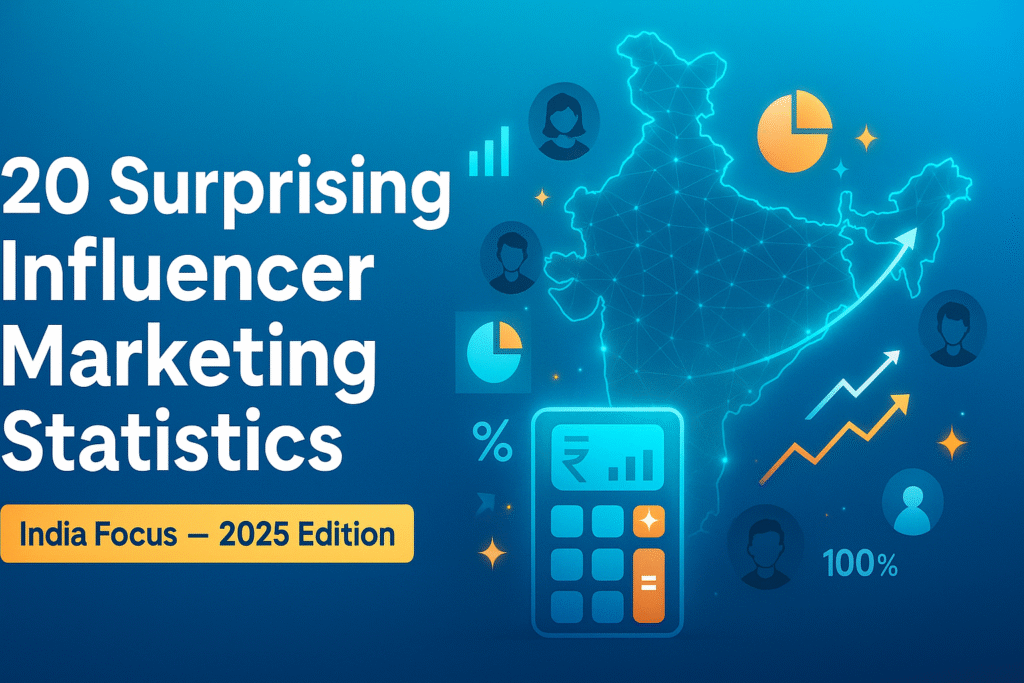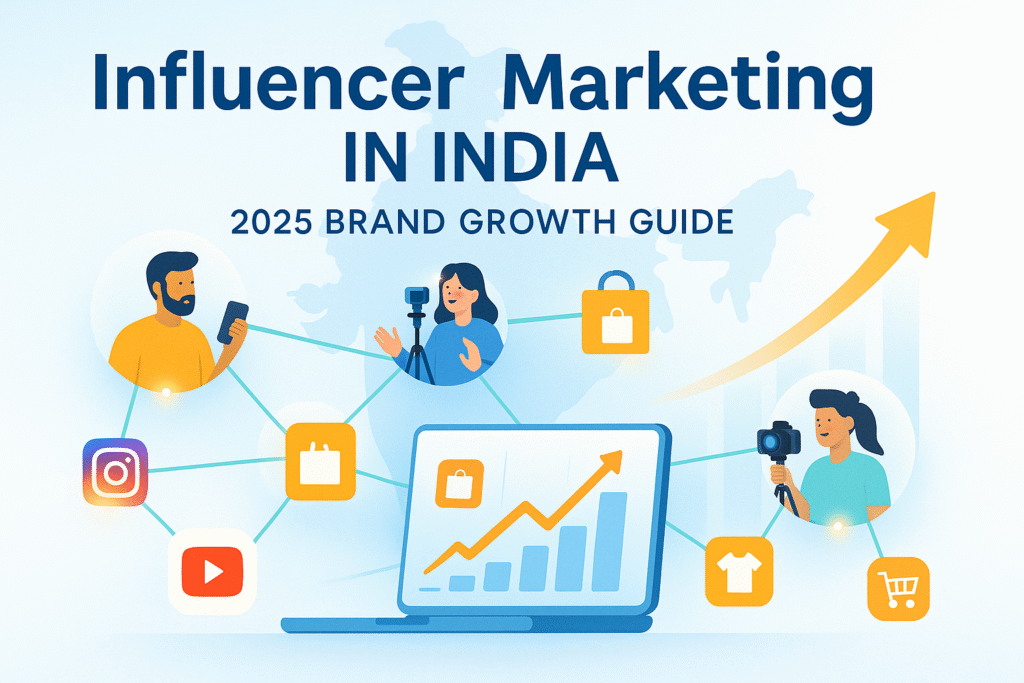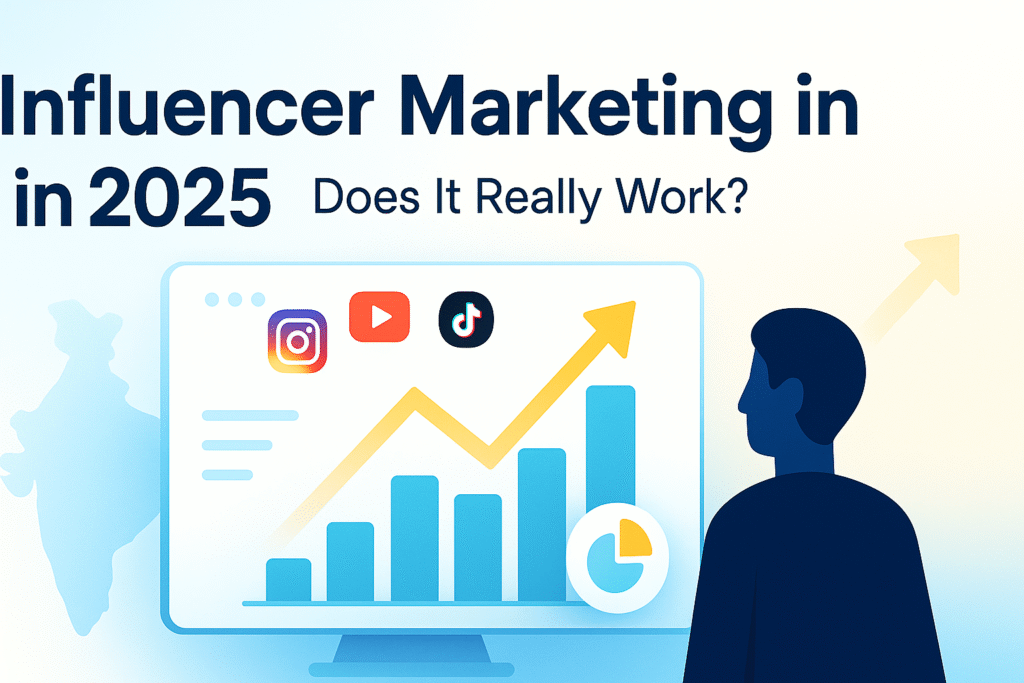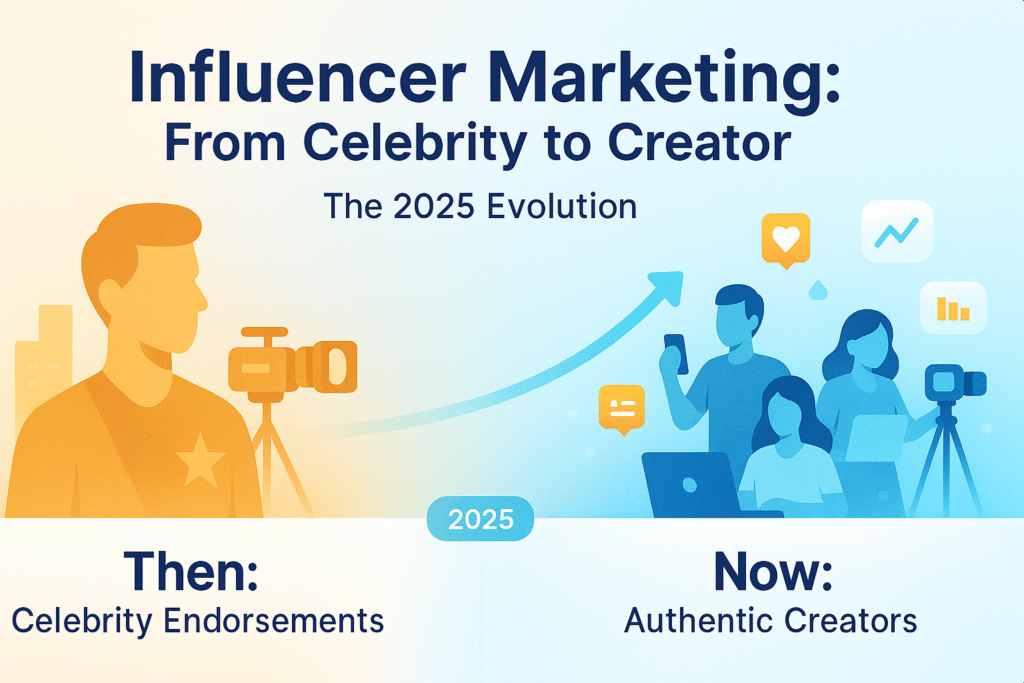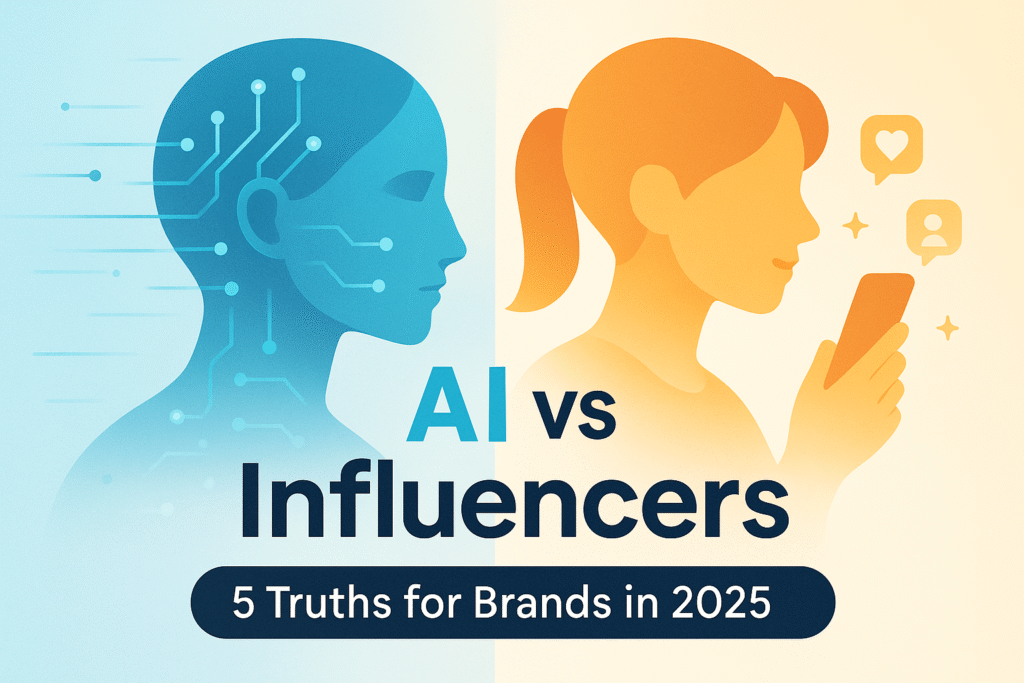Get Started with Mintlink Today!
Automate your “link please” comments and start earning today. Download the free Mintlink app!
Table of Contents
Every marketer dreams of launching that campaign—the one that doesn’t just perform well, but turns heads for its originality. But bringing that vision to life often means drowning in spreadsheets and decoding analytics. The good news? You don’t have to choose between creativity and data.
Building a data-driven influencer strategy is the key to making them work together. Let’s break down a simple, 7-step approach to designing digital campaigns that are as strategic as they are creative. By the end, you’ll have a roadmap for turning smart insights into standout marketing.
Step 1: Build Bridges with Your Data Teams
![Image Idea: A stylized blueprint (like an architect's drawing) for a successful campaign.
Concept: Instead of a boring "brief," show a blueprint labeled "Campaign Blueprint." Instead of "room dimensions," the technical call-outs on the blueprint are your data points: "Key Insight: [Data Point]," "Persona: [Target Audience]," "Objective: [Goal]." This visually frames data as the foundation for the creative "house."](https://mintlink.co/wp-content/uploads/2025/11/ChatGPT-Image-Nov-14-2025-02_33_09-PM-1024x683.png)
Most marketers aren’t short on creativity; they’re short on access to good data. That’s why the first step is collaboration. A successful data-driven influencer strategy begins by breaking down silos. Start working closely with your data-driven counterparts, whether they’re in Data Science, Business Intelligence, Market Research, or Customer Success.
When marketers and analysts start speaking the same language, data stops being a report and starts becoming inspiration. Schedule weekly check-ins. Ask them: “What’s the most surprising piece of customer data you’ve seen this month?” The answer to that question is often the seed of your next great campaign.
Step 2: Use Predictive Analytics to Plan Smarter
Once the collaboration is in place, it’s time to put that data to work. Predictive analytics helps marketers anticipate what’s coming, from emerging trends to shifts in customer behavior. It’s like having a crystal ball, except it’s powered by your CRM and Google Analytics.
Start by analyzing your own first-party customer data:
- Who are your most profitable customers?
- What did they buy right before they bought your hero product?
- When do they tend to buy (e.g., payday, weekends, seasonally)?
Then, add third-party tools like social analytics (e.g., SparkToro) and market research reports to paint the bigger picture. Combine all of this, and you’ll have a data foundation strong enough to make informed (and bold) creative decisions. Data isn’t just about knowing what happened—it’s about predicting what will happen.
Step 3: Turn Data into Strategy and Story
Collecting data is one thing. Turning it into a strategy that tells a story—that’s where real marketing begins. Collaborate with your data team (or use AI tools) to uncover the patterns behind the numbers. Every insight—from audience demographics to buying triggers—can help you sharpen your message.
Here’s how data can guide your direction:
- Use purchase behavior to identify your high-value customers.
- Leverage demographic or psychographic insights to personalize messaging.
- Tap into geographic data to localize campaigns (e.g., “Our top customers in Chennai respond best to this kind of creative”).
- Study past campaign performance to double down on what’s working (e.g., “Our ‘how-to’ videos had a 3x higher conversion rate than our ‘unboxing’ videos”).
Once your strategy is clear, document it. Show how every creative decision ties back to an insight. That transparency keeps everyone aligned and ensures your campaign’s purpose stays intact from idea to execution.
Step 4: Write a Creative Brief that Starts with Data
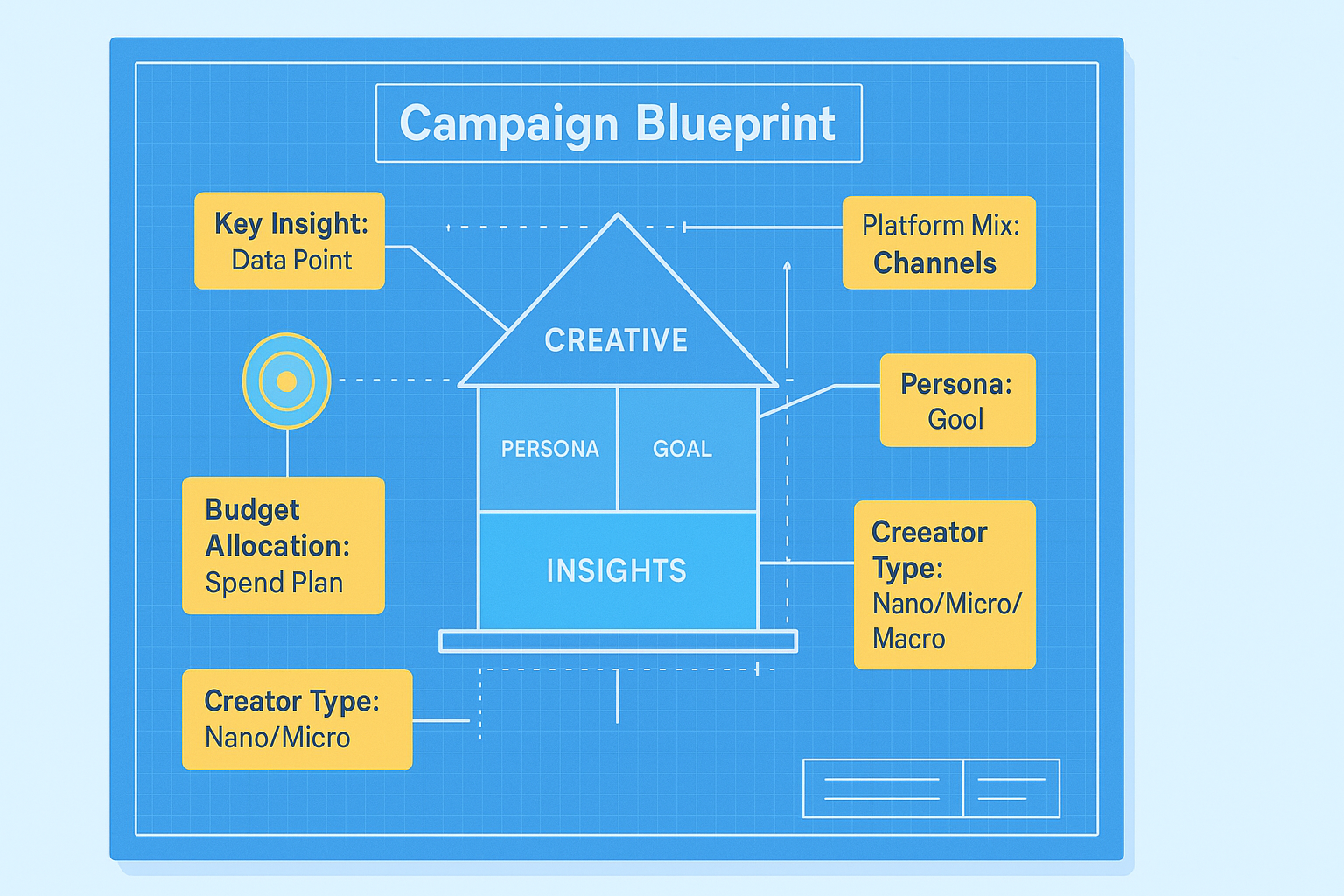
Now that you’ve got your strategy nailed down, it’s time to brief the creative team (your influencers, your in-house designers, or your agency).
Contrary to popular belief, data doesn’t limit creativity; it gives it direction. A blank page is intimidating. A page with clear boundaries is an exciting challenge. The goal is to make insights feel actionable, not intimidating.
Your campaign brief is the most important document in this process. It must include:
- A Clear Objective: “Increase purchases from new female customers in Tier 2 cities” (backed by data showing this is your growth market).
- Well-Defined Audience Personas: Go beyond age and gender. Include behaviors, motivations, and tone preferences. (e.g., “She is a ‘savvy saver’ who trusts peer reviews over brand claims”).
- The “Human” Insight: The core psychological truth your data revealed. (e.g., “Our data shows customers feel ‘anxious’ about picking the wrong product. Our campaign must make them feel ‘confident’ and ‘smart'”).
- Visual Aids: Include infographics or charts that make the insights easy to digest.
By giving your creative team a clear “why” and “who,” you empower them to produce ideas that connect. And when you revisit data throughout the brainstorming process, you’ll find the sweet spot between creativity and precision.
Step 5: Stay Flexible with Real-Time Monitoring and A/B Testing
Once your data-driven influencer strategy is live, the work isn’t over; it’s just shifting gears. Real-time monitoring helps you spot opportunities and challenges as they happen. Set up dashboards to track key metrics and get regular updates from your analytics team.
Then, lean into A/B testing. Don’t just “set it and forget it.”
- Try two different captions on the same creative.
- Test two different creators with the same call to action (CTA).
- Test a “funny” Reel vs. an “educational” Reel.
The audience will tell you what works; you just need to listen to the data. This adaptability lets you refine on the fly, optimizing performance and boosting ROI without waiting until the end of the campaign to make changes.
Step 6: Measure What Matters — and Keep Reassessing
After your campaign wraps up, it’s time to measure results. But remember: not all metrics matter equally.
Sure, track your engagement (likes, comments), conversions, and cost per acquisition (CPA). But also take time to question whether your KPIs still reflect your brand’s goals. Markets evolve. Consumer habits shift. A KPI that mattered last quarter (like “Reach”) may not matter now (maybe “Conversion Rate” is your new north star).
This is a key part of a data-driven influencer strategy. Regularly re-evaluating your success metrics ensures your team stays focused on what truly drives impact, not just what looks good in a report.
Step 7: Share Insights to Fuel the Next Campaign
Your campaign’s true value lies in what you learn from it. Share your results with all stakeholders—not just the highlights, but the full story. What worked? What didn’t? What would you do differently next time?
Keep the momentum going by:
- Hosting post-campaign debriefs across teams (creative, data, marketing).
- Building a shared dashboard so everyone can access real-time insights.
- Encouraging open conversations about lessons learned.
When insights are shared, everyone gets smarter. And that collective knowledge makes each campaign stronger than the last.
The Missing Link: The Right Technology (like Mintlink)
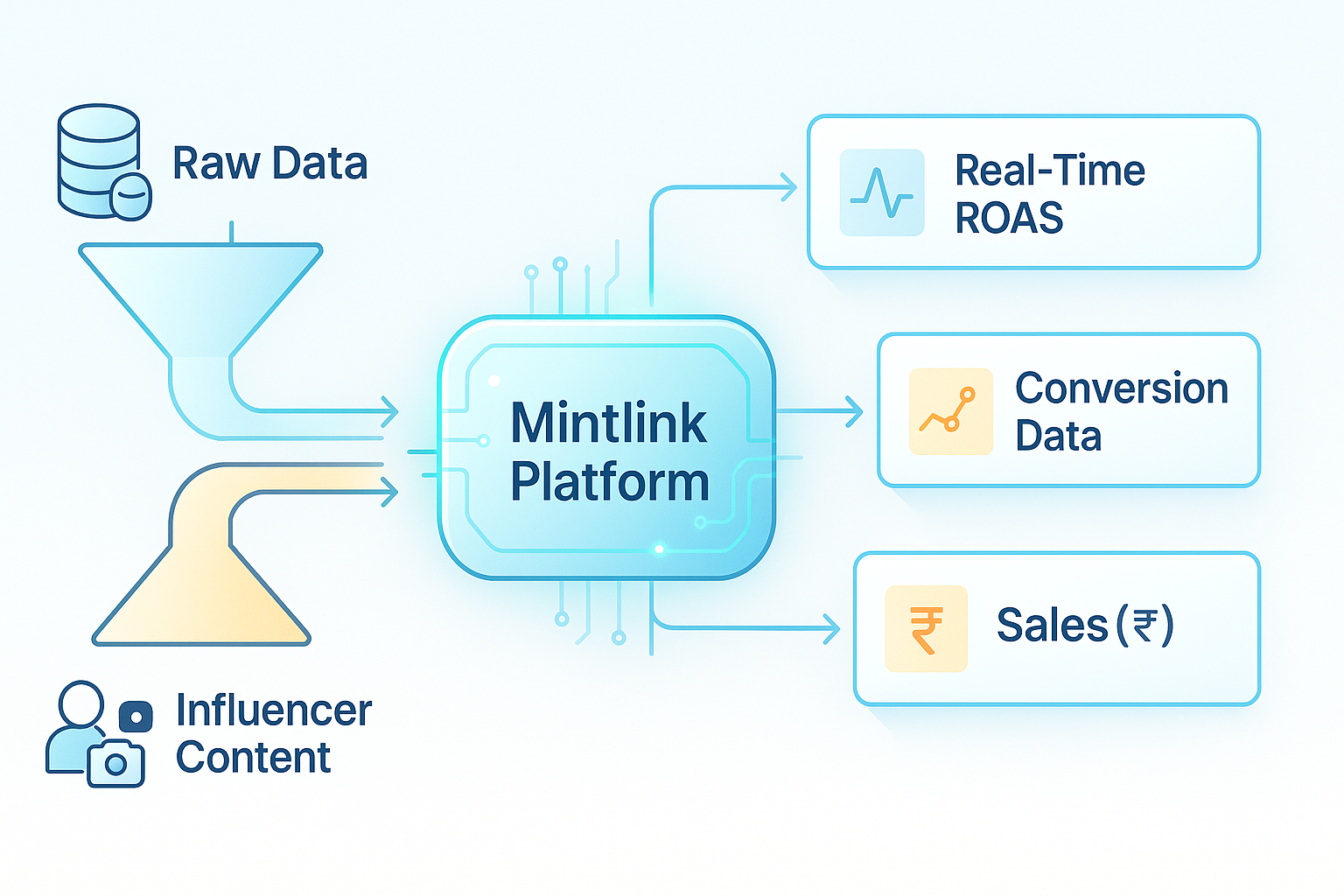
A data-driven influencer strategy sounds great in theory, but it’s impossible to execute at scale on a spreadsheet. How do you track 50 micro-influencers, all driving different “performance-based” results?
This is where the technology layer becomes the most important part.
While the steps above are your strategy, a tool like Mintlink is your engine. It’s built specifically for this new, performance-first model.
- It Solves “Step 6: Measure What Matters”: Mintlink provides a single, unified dashboard. You can stop guessing your ROI and see every click, conversion, and sale from every creator in real-time. This is the “Revenue Attribution” marketers dream of.
- It Powers “Step 3: Strategy”: It’s built for the affiliate (performance) model. You can stop “paying for posts” and start paying creators for the results they drive. This aligns your goals with the creator’s.
- It Enables “Step 5: Real-Time Monitoring”: Mintlink empowers your creators with tools like Instagram Comment Automation. This means when their post is live, they aren’t manually sending links. The tool is automatically handling the “link please” comments, ensuring no lead is lost and giving you clean, instant data.
You can’t have a true data-driven influencer strategy without a data-driven platform. Mintlink is that platform.
Conclusion: Data-Inspired Creativity is the Future
Being data-driven doesn’t mean being robotic. The best campaigns are born when insight meets imagination—when creativity is guided by evidence, not constrained by it.
By blending collaboration, predictive analytics, and real-time adaptability, you’ll build campaigns that don’t just meet metrics — they inspire audiences, spark conversations, and deliver lasting impact.
In 2025 and beyond, data-inspired creativity isn’t just a competitive edge. It’s the future of marketing.
Frequently Asked Questions (FAQs)
Q1: What is a data-driven influencer strategy? A: It’s a marketing model that uses data (like audience demographics, purchase behavior, and performance analytics) to make strategic decisions. Instead of “guessing” which influencer to hire, you use data to find the right partners, craft the right message, and measure your ROI based on real results (like sales), not just “likes” or “reach.”
Q2: How does data help creativity instead of limiting it? A: Data provides direction. It gives your creative team a clear understanding of who they are talking to and what that person cares about. This focus eliminates bad ideas quickly and empowers creatives to build a powerful story that is already proven to resonate with the target audience.
Q3: What are the most important KPIs for a data-driven influencer strategy? A: While “reach” and “engagement” are easy to track, the most important KPIs are “bottom-of-funnel” metrics. These include: Conversion Rate (clicks that led to a sale), Cost Per Acquisition (CPA) (how much you paid for each new customer), and Return on Ad Spend (ROAS). Tools like Mintlink are essential for tracking these performance metrics.

